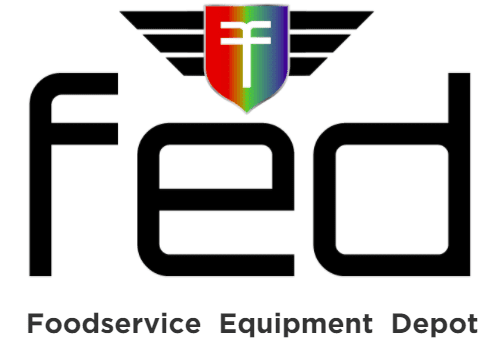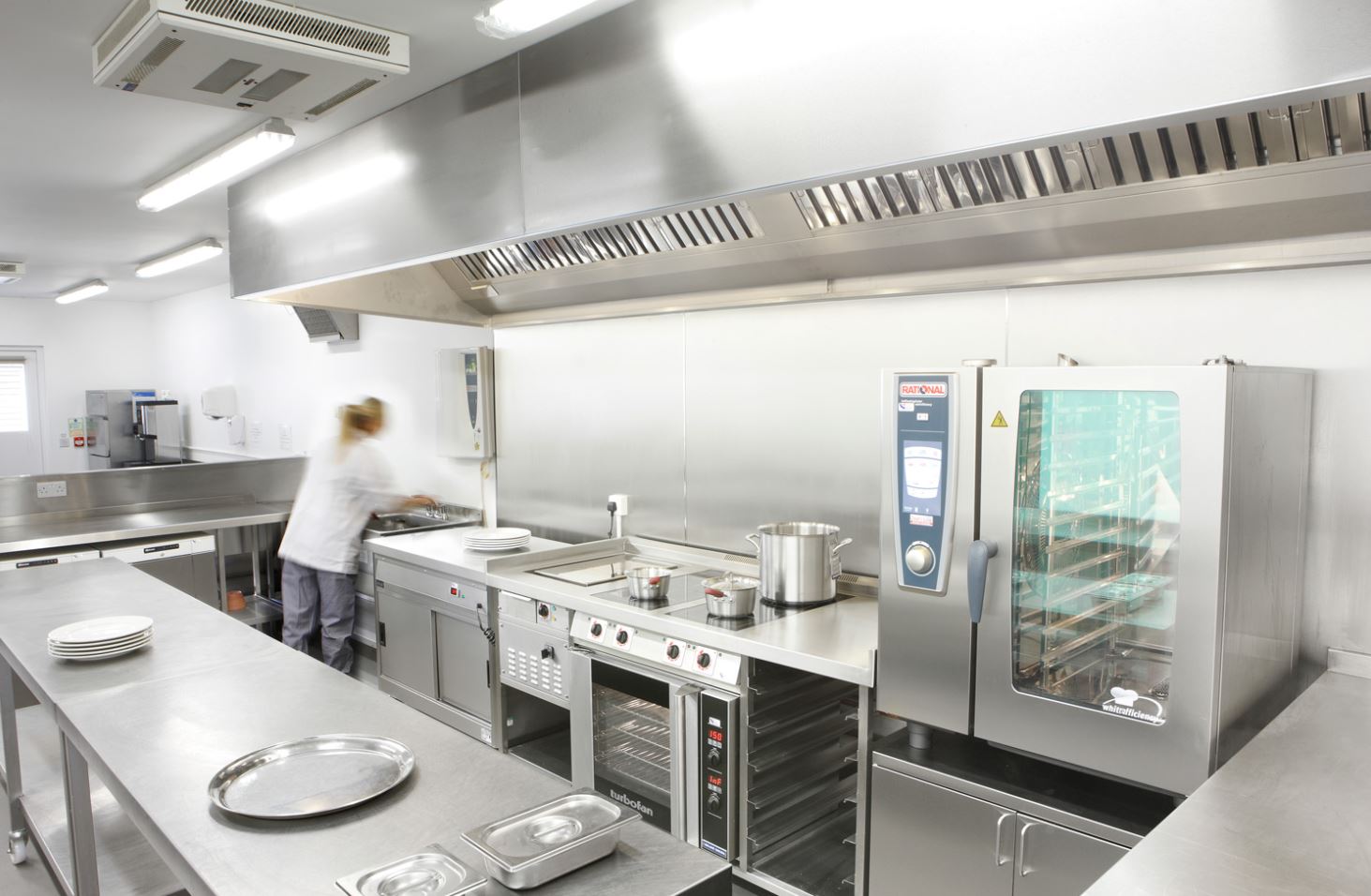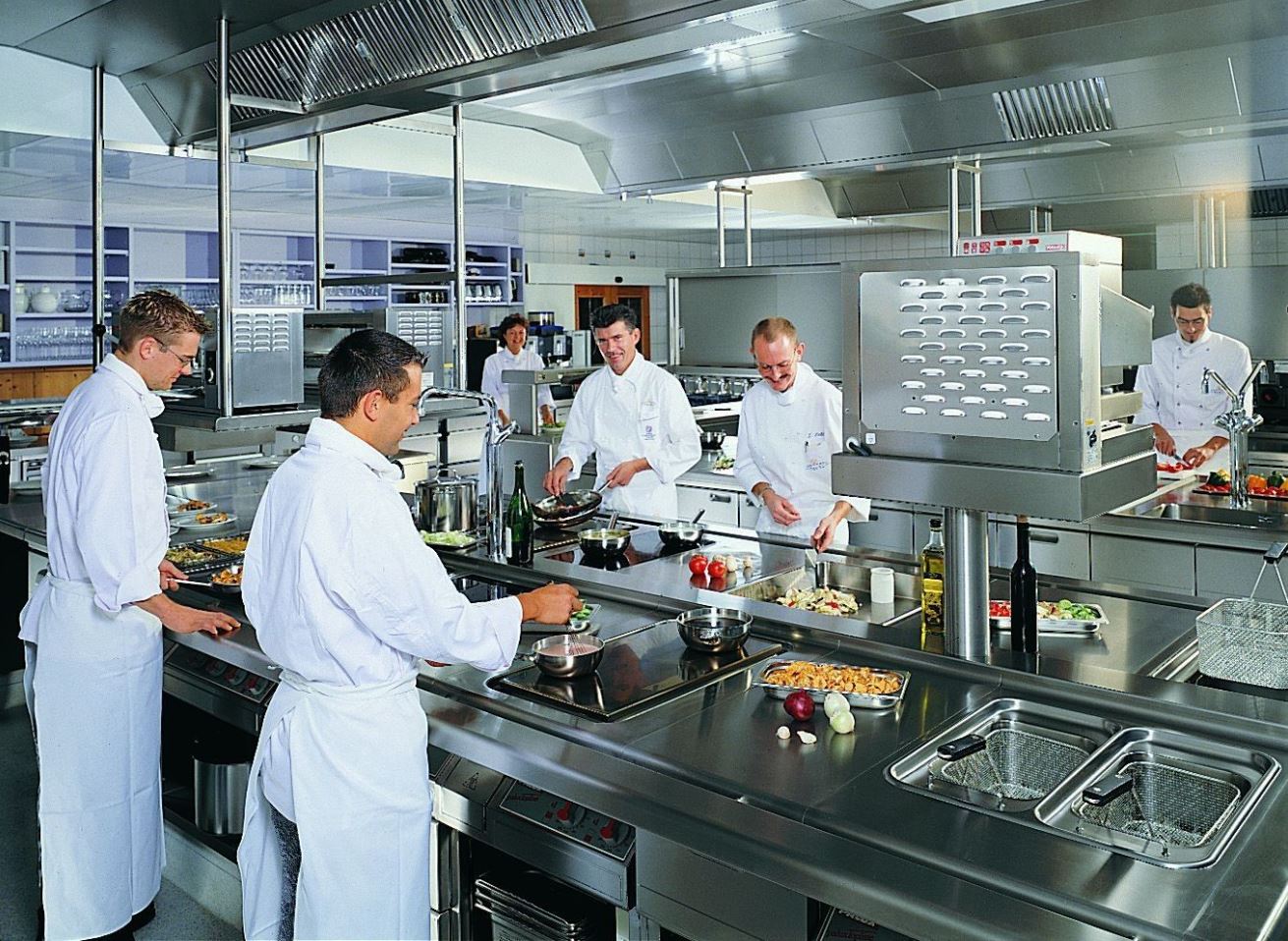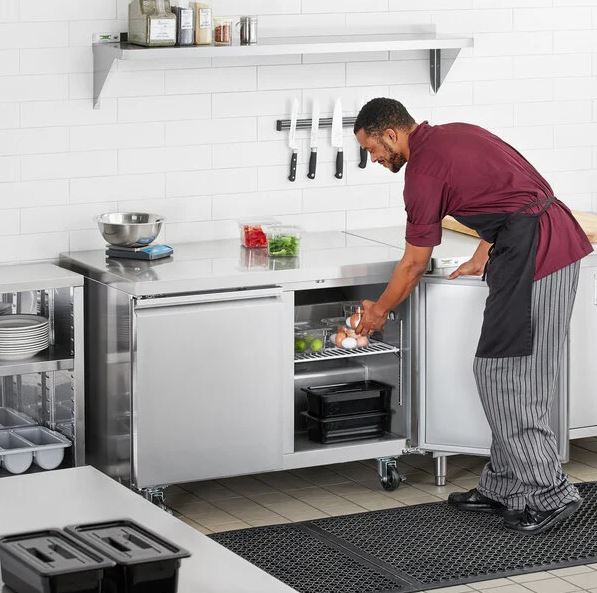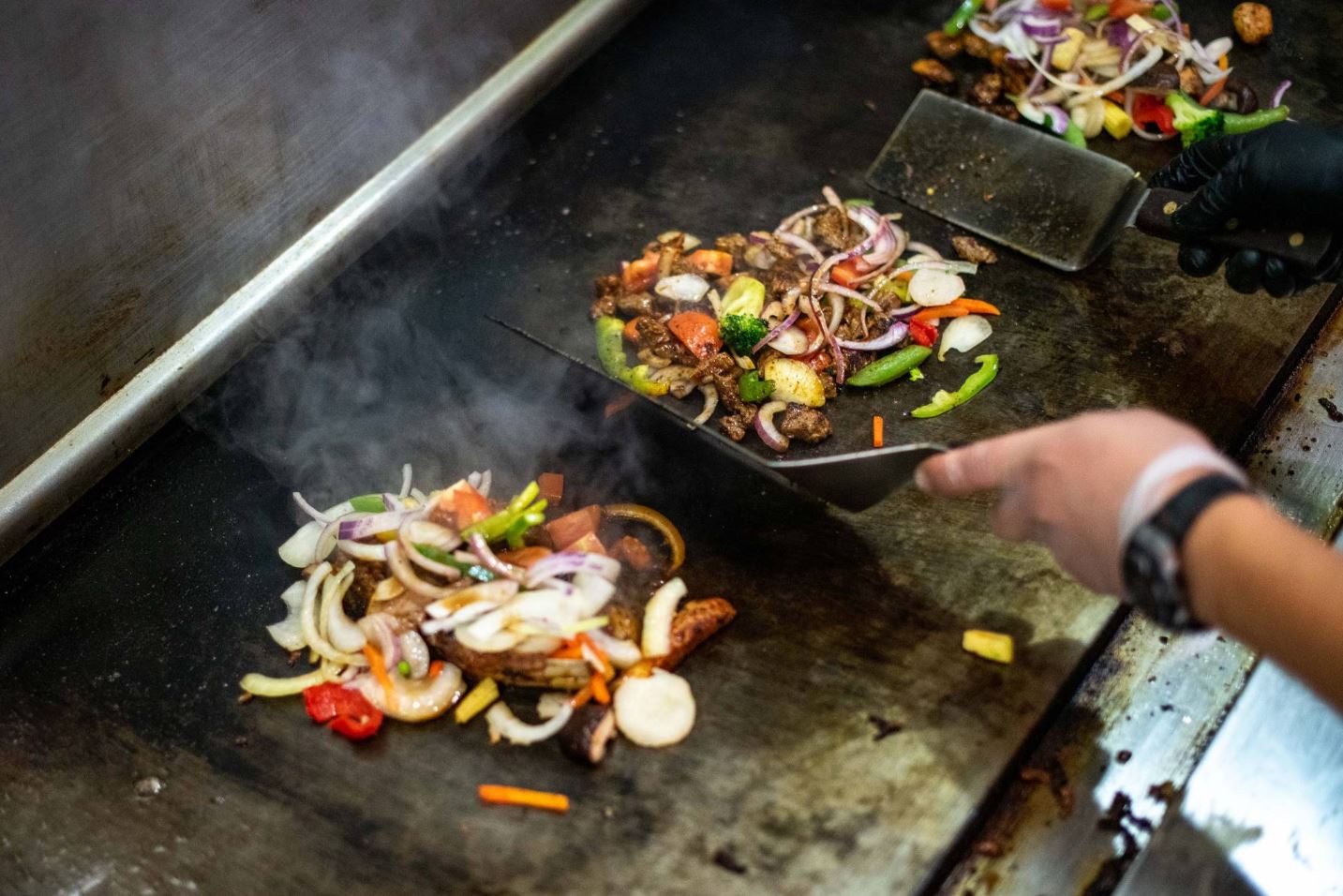
Griddle Goodness: Popular Dishes Cooked on Griddle Grills
Few cooking techniques can compare to the variety and flavor-enhancing power of griddle grills in the realm of culinary delights. The griddle grill can be used to create delicious dinner dishes or savoury breakfast classics. It is the key to culinary joy. Let’s have a look at some of the
